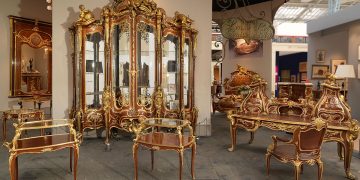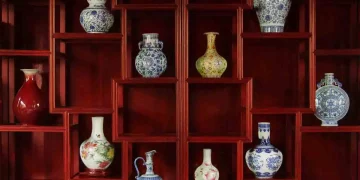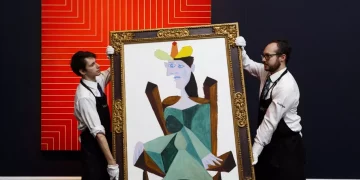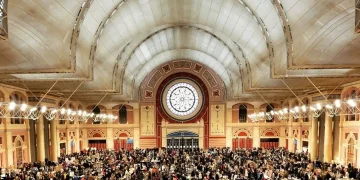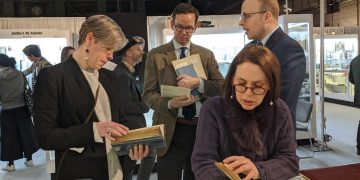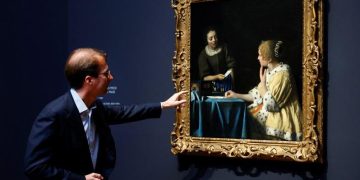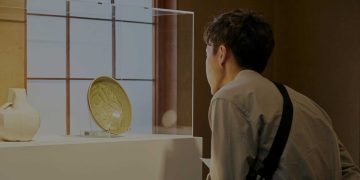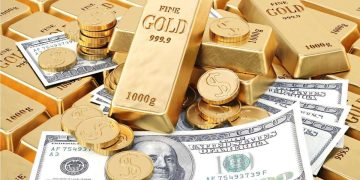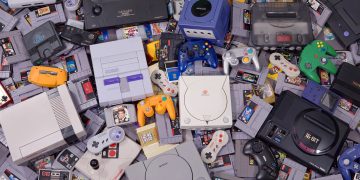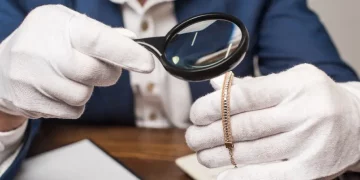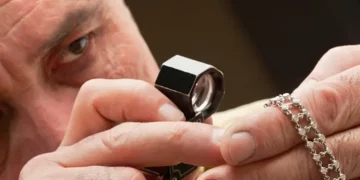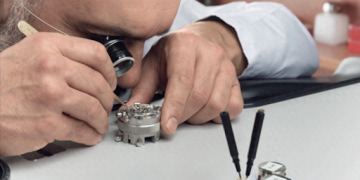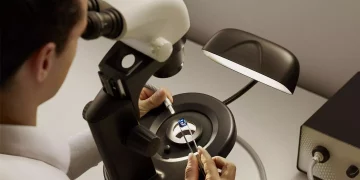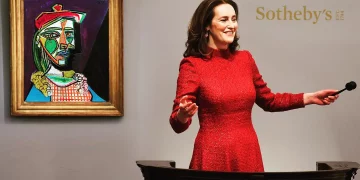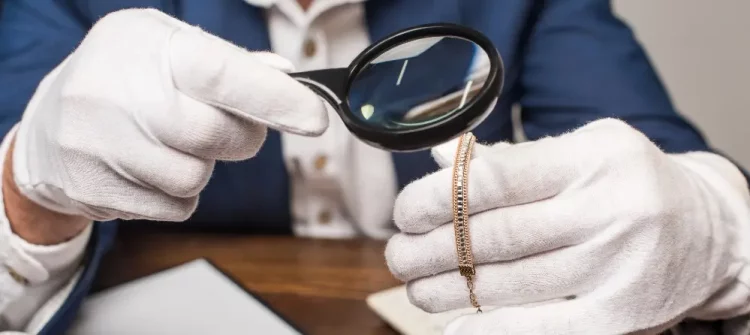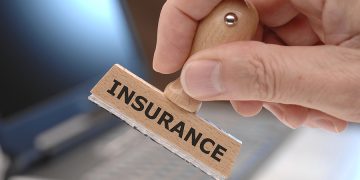Purchasing rare collectibles can be an exciting and rewarding experience, but it requires a deep understanding of the market, the item in question, and the nuances that make a collectible truly valuable. Whether you’re interested in rare art, vintage watches, antique furniture, or unique memorabilia, making an informed purchase is critical. Failing to consider important details could lead to costly mistakes, whether it’s acquiring a fake item, overpaying, or missing out on a better opportunity.
In this article, we’ll highlight key details that you must pay attention to when buying rare collectibles. From evaluating authenticity to understanding the market dynamics, these tips will help you navigate the world of rare collectibles with confidence.
1. Provenance: The History That Speaks for Itself
Provenance, or the history of ownership, is one of the most important factors to consider when purchasing any rare collectible. A clear, verifiable history adds authenticity and value to an item. Provenance can tell you how the item was acquired, who owned it previously, and whether it has been exhibited or featured in any reputable collections.
Why Provenance Matters
- Increased Value: Items with a rich, well-documented provenance often command higher prices at auction and are more desirable to collectors.
- Protection Against Fakes: A clear provenance ensures that the item is genuine and not a forgery or replica.
Things to Verify:
- Authentic Documentation: Request original receipts, auction records, and certificates of authenticity. Be wary of vague or incomplete documentation.
- Ownership History: Check the history of previous owners, especially if the item has passed through high-profile auctions, galleries, or collections.
- Exhibitions or Publications: Some rare items, like artworks or historical artifacts, are more valuable if they’ve been featured in exhibitions or books.
Tip: The absence of provenance is often a red flag. If the seller cannot provide a documented history of the item, proceed with caution.
2. Condition and Preservation: The State of the Item
The condition of a rare collectible is directly tied to its value. Even a rare, one-of-a-kind item can lose much of its worth if it has been poorly preserved or is in poor condition. Therefore, understanding the item’s current state is crucial before making a purchase.
How to Evaluate Condition:
- Visible Wear and Tear: Examine the item for any scratches, dents, discoloration, or fading. For artworks, check for any tears, cracks, or fading of colors.
- Restoration Work: Some collectibles, especially antiques, might have undergone restoration. While restoration isn’t necessarily a deal-breaker, it can affect the item’s value. Ensure you’re aware of any repairs and whether they were done professionally.
- Originality: For rare items like watches, furniture, or jewelry, make sure all parts are original. A replaced part can significantly lower the collectible’s value.
Specific Items to Check:
- Artworks: Ensure the canvas is not warped, the frame is intact, and the colors have not faded excessively.
- Vintage Watches: Check for original parts such as the dial, hands, and movement. Watches that have been replaced or altered can lose their authenticity and value.
- Furniture and Antiques: Look for signs of restoration or refinishing. While professional restoration can preserve value, improper or poor restoration can hurt the item’s worth.
Tip: Consider hiring an expert to conduct a condition report or inspection before making a purchase, especially if it’s a high-value item.
3. Market Trends and Demand: Timing Is Key
Rare collectibles, like any other investment, are subject to market trends. Understanding current demand and market behavior can help you determine whether the item you’re buying is a good investment or if the market may shift in the future.
Factors to Consider:
- Historical Value: Some collectibles have timeless appeal, like works by renowned artists or rare coins. These items tend to appreciate steadily over time. Others, however, may be part of a temporary trend, such as certain types of memorabilia or modern art.
- Auction Results: Research recent auction results for similar items to gauge the current market value and demand. If similar items are selling for higher prices, this may signal an upward trend in the market.
- Collector Interest: Stay updated on collector communities, blogs, forums, and magazines to understand what’s gaining attention. Sometimes, niche markets can rise dramatically, increasing demand for certain types of collectibles.
What to Watch Out For:
- Market Bubbles: Some collectibles experience a surge in demand due to trends or hype, but once the market cools, the prices may drop dramatically. Be cautious if an item is overly hyped.
- Long-term vs. Short-term Investment: Determine whether you’re buying the item as a long-term investment or for personal enjoyment. Investment items will require more careful market analysis, while personal collections might give you more flexibility.
Tip: Do thorough research on market trends and future forecasts. Pay attention to long-term values rather than just short-term trends.
4. Authentication and Certification: The Proof of Authenticity
One of the most crucial details when purchasing rare collectibles is ensuring that the item is authentic. Counterfeiting is a common problem, especially with high-value items like rare art, vintage cars, or luxury watches. Authentication and certification provide a guarantee that you’re getting the real deal.
Methods of Authentication:
- Certificates of Authenticity: Many items, particularly art and limited-edition items, come with certificates of authenticity (COAs) issued by galleries, artists, or trusted organizations. Always ensure that the COA is legitimate and backed by verifiable sources.
- Expert Authentication: For valuable items like rare books, artworks, or vintage watches, consider seeking an expert’s opinion. Professional authentication services use various tools, including scientific methods (e.g., carbon dating, X-ray analysis), to confirm authenticity.
- Third-Party Grading: For collectibles like comic books, trading cards, or coins, third-party grading companies (such as CGC, PSA, or NGC) assign a grade based on the item’s condition and authenticity. This can give you peace of mind regarding its value.
How to Verify:
- Ask for Documentation: Always request and inspect certificates, receipts, and other supporting documents.
- Consult Experts: When in doubt, seek a professional to authenticate the item, especially if it’s a high-value collectible.
- Cross-Check Sources: Be cautious of unverified certificates or COAs that don’t come from reputable sources.
Tip: Always verify the authenticity of rare items. For high-value items, consider using a third-party authentication service.

5. Pricing and Fair Value: Is the Deal Too Good to Be True?
When purchasing rare collectibles, it’s essential to understand fair pricing and avoid deals that seem too good to be true. While rare items can sometimes be purchased at lower prices due to personal circumstances or sales, significant discrepancies in pricing should raise red flags.
Factors Influencing Price:
- Rarity: The rarity of an item plays a huge role in its price. Limited editions, unique items, or those from renowned creators typically command higher prices.
- Condition: As mentioned, the condition of a collectible will significantly affect its price. Items in pristine condition or with minimal restoration typically command a premium.
- Market Demand: If demand for a particular type of collectible is high, the prices will naturally rise. Conversely, an item with declining demand may be priced lower.
- Comparable Sales: Look at recent comparable sales of similar items to gauge a fair price. Auction house records or online marketplaces are useful sources for this information.
What to Be Cautious About:
- Price vs. Market Value: If a rare item is being offered at an unusually low price compared to similar items, it could indicate a scam, forgery, or a problem with the item’s authenticity.
- Overpaying: Similarly, if an item is priced significantly higher than comparable sales, make sure to verify its worth thoroughly before buying.
Tip: Do your homework on the typical pricing of similar collectibles and avoid deals that appear too good to be true.
6. Reputation of the Seller: Who Are You Buying From?
The credibility and reputation of the seller are critical to the purchasing process. A reputable seller can provide assurance about the authenticity, quality, and history of the item. On the other hand, a seller with questionable credentials can expose you to scams, fraud, and overpaying.
How to Verify the Seller:
- Reputable Dealers: Stick to well-known and respected dealers, galleries, or auction houses with a proven track record in the collectible market.
- Reviews and References: Look for customer reviews, testimonials, or references from other collectors who have bought from the seller in the past.
- Return Policies and Guarantees: Reliable sellers offer clear return policies and guarantees. If the seller is unwilling to offer any form of warranty or return, it could be a red flag.
Tip: Always do your due diligence on the seller, whether through online research or word-of-mouth recommendations.
Conclusion
When purchasing rare collectibles, paying attention to the finer details can mean the difference between acquiring a valuable treasure and making a costly mistake. From provenance and condition to authentication and pricing, each aspect plays a critical role in the buying process. By understanding these details and doing your homework, you can make informed decisions and confidently add rare, valuable items to your collection.
In the world of rare collectibles, knowledge is power. Equip yourself with the right tools, and always trust your instincts to navigate this exciting yet complex market successfully.



